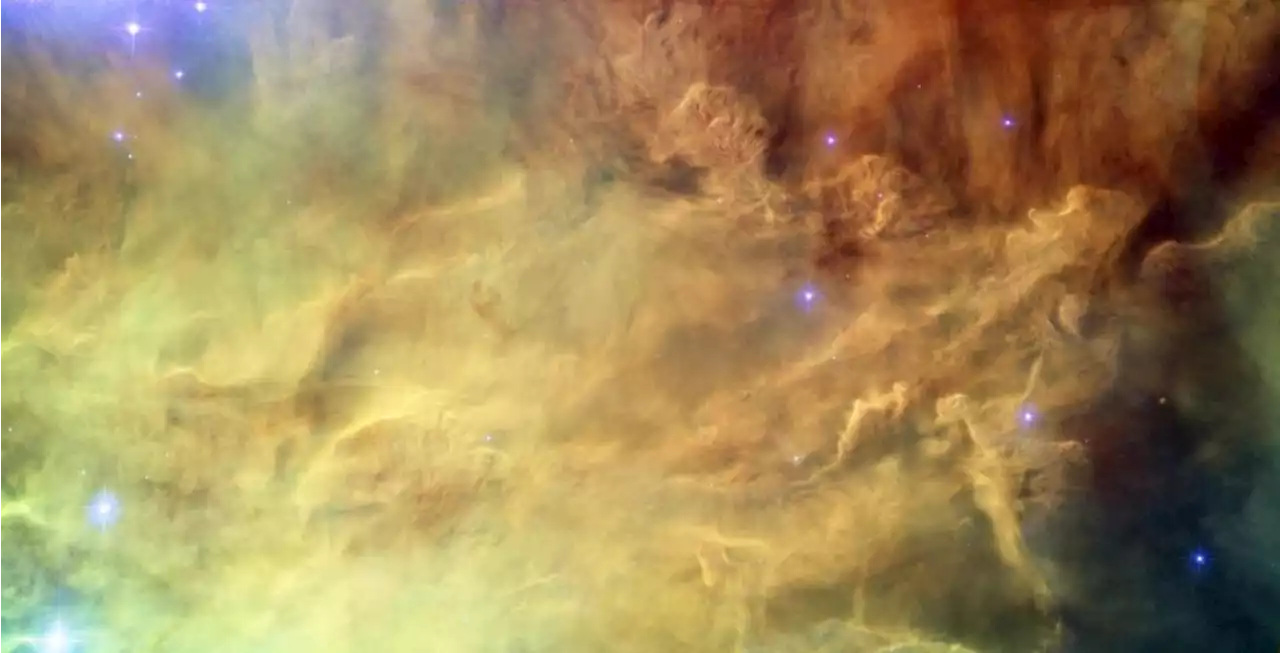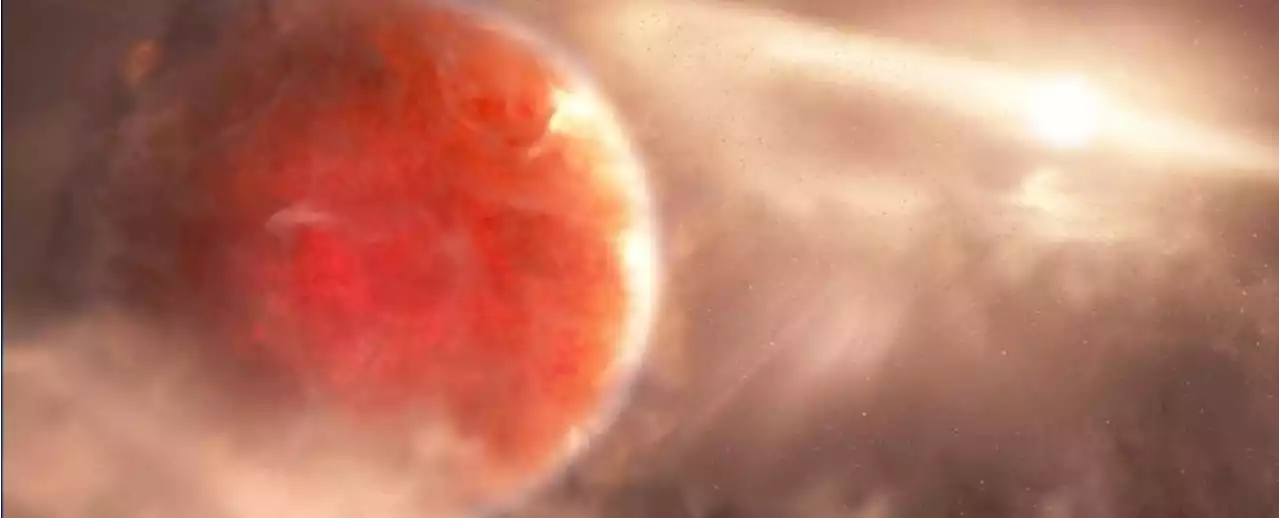Astronomers spot a giant planet forming around a distant star. This planet is at an extreme distance from its star, and it's forming rapidly and violently.
Hubble’s most remarkable feature might be its longevity. The Hubble has been operating for almost 32 years and has fed us a consistent diet of science—and eye candy—during that time. For 13 of its 32 years, it’s been checking in on a protoplanet forming in a young solar system about 530 light-years away.
But there’s another way that planets can form, and the Hubble has been keeping an eye on a protoplanet that’s following a different path to planet-hood.” presents the observations in the journal Nature Astronomy. The lead author is Thayne Currie of the Subaru Telescope and Eureka Scientific., a young star only 2 million years old in the Auriga constellation. Our Solar System was the same age when planets started forming around the Sun.
“Interpreting this system is extremely challenging,” Currie said. “This is one of the reasons why we needed Hubble for this project – a clean image to better separate the light from the disk and any planet.” Disk instability is when a massive circumstellar disk collapses into planet-sized, self-gravitational clumps. These clumps then evolve into planets. Theory shows that disk instability should form planets at greater distances from the star than core accretion. “Disk fragmentation is expected to more readily occur further out in the protoplanetary disk where the radiative cooling rates are higher,” according to exoplanet astronomer Paul Wilson, who’s not involved with this study.
“Almost all of the ~5000 known indirectly detected exoplanets orbit their host stars on solar system scales ,” the paper explains. “The core accretion model, where a young gas giant forms by slowly building up a multi-Earth mass core and then rapidly accreting protoplanetary disk gas, accounts for gas giants like Jupiter and Saturn at these locations. In contrast, directly-imaged exoplanets typically have wide, 50-300 au orbits and are over ~5 times more massive than Jupiter.
United States Latest News, United States Headlines
Similar News:You can also read news stories similar to this one that we have collected from other news sources.
 Scientists develop the largest, most detailed model of the early universe to date: Named after a goddess of the dawn, the Thesan simulation of the first billion years helps explain how radiation shaped the early universe. -- ScienceDailyThesan is a new universe simulation that models the first billion years of the universe with the highest resolution, over the largest volume, to date.
Scientists develop the largest, most detailed model of the early universe to date: Named after a goddess of the dawn, the Thesan simulation of the first billion years helps explain how radiation shaped the early universe. -- ScienceDailyThesan is a new universe simulation that models the first billion years of the universe with the highest resolution, over the largest volume, to date.
Read more »
 The Milky Way has an Inner Ring, Just Outside the Core - Universe TodayCombining data from the APOGEE survey and the Gaia Observatory with sophisticated models, a team of scientists has found a new ring structure in the Milky Way!
The Milky Way has an Inner Ring, Just Outside the Core - Universe TodayCombining data from the APOGEE survey and the Gaia Observatory with sophisticated models, a team of scientists has found a new ring structure in the Milky Way!
Read more »
 Primordial Helium, Left Over From the Big Bang, is Leaking Out of the Earth - Universe TodayPrimordial hydrogen lurks in Earth's core, deposited there when Earth was born. Its presence tells us that Earth formed in the presence of nebular gas.
Primordial Helium, Left Over From the Big Bang, is Leaking Out of the Earth - Universe TodayPrimordial hydrogen lurks in Earth's core, deposited there when Earth was born. Its presence tells us that Earth formed in the presence of nebular gas.
Read more »
 This Giant Exoplanet Is Forming in a Very Strange Way, Astronomers SayThe discovery of a gas giant exoplanet still in the process of forming could upend our understanding of planet formation.
This Giant Exoplanet Is Forming in a Very Strange Way, Astronomers SayThe discovery of a gas giant exoplanet still in the process of forming could upend our understanding of planet formation.
Read more »
